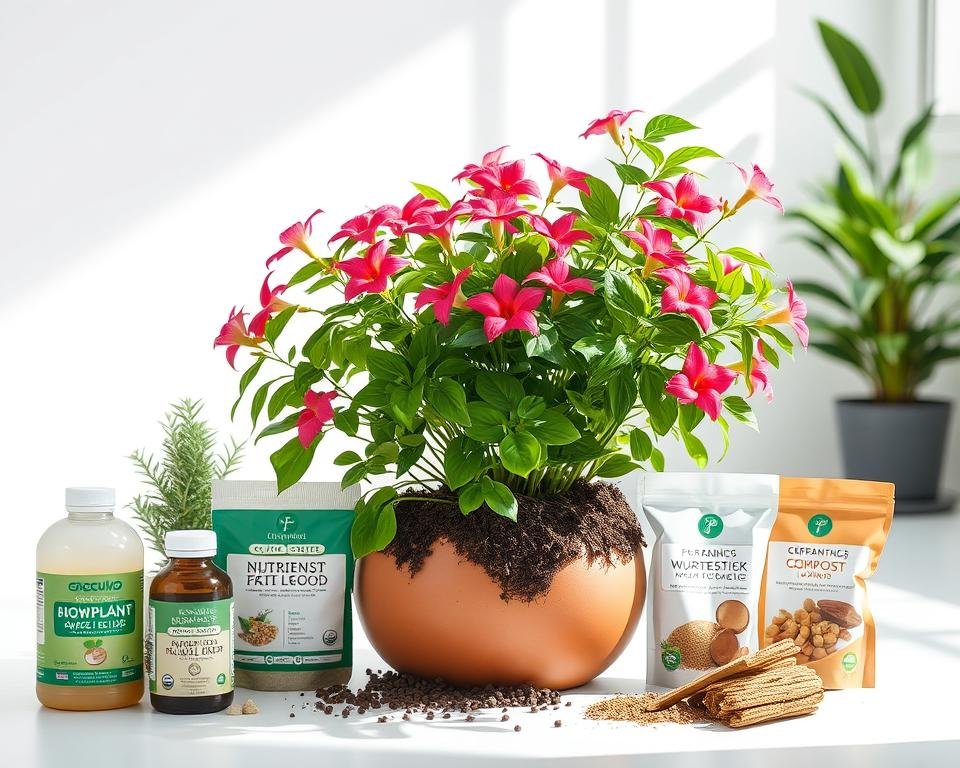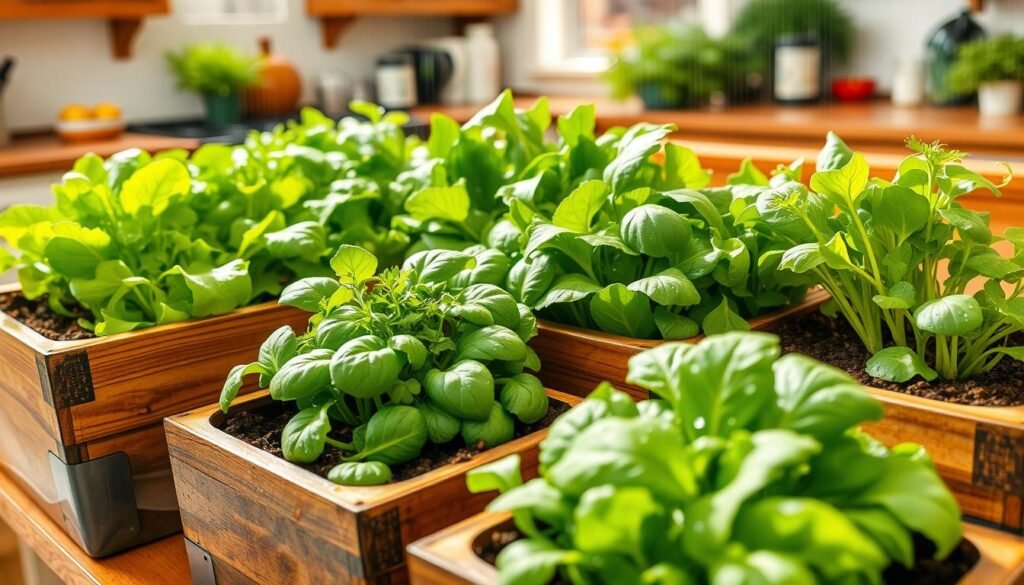Are you tired of relying on the grocery store for your produce? Longing for a more sustainable and self-sufficient way to feed your family? Look no further than your own backyard! Cultivating a year-round edible garden is a revolutionary way to unlock a bountiful harvest throughout every season.
In this comprehensive guide, we’ll explore the strategies and techniques to transform your outdoor space into a thriving oasis of seasonal delights. You’ll learn how to embrace sustainable gardening practices and master year-round crop rotation. Discover how to create a self-sufficient ecosystem that nourishes your family with fresh, flavorful produce all year round.
But the real question is: Are you ready to take control of your food supply and become a garden-to-table trailblazer? Dive in, and let’s uncover the secrets to cultivating a bountiful year-round edible garden. This garden will not only feed your family but also nourish your soul.
Embracing Sustainable Gardening Practices
To cultivate a year-round edible garden, one must commit to sustainable gardening. At its core is the use of composting and organic fertilizers to enrich the soil. This is crucial for a garden’s health and productivity.
Composting and Organic Fertilizers
Composting turns kitchen and yard waste into a soil amendment. It reduces waste and enhances soil structure, water retention, and nutrient availability. Pairing compost with organic fertilizers like bone meal or rock phosphate ensures plants get the nutrients they need.
Companion Planting for Natural Pest Control
Sustainable gardening also aims for a balanced garden ecosystem. Companion planting is key, placing plants to deter pests and attract beneficial insects. For instance, marigolds repel aphids, while lavender and basil attract pollinators and predators.
Adopting these practices creates a thriving, low-maintenance garden. It supports a diverse ecosystem, leading to abundant harvests. This approach also reduces the need for synthetic chemicals, lowering environmental impact.
| Sustainable Gardening Practices | Benefits |
|---|---|
| Composting | Improves soil structure, water retention, and nutrient availability |
| Organic Fertilizers | Provides a balanced and steady supply of essential nutrients for plants |
| Companion Planting | Deters pests and attracts beneficial insects and organisms |
Strategies for growing food in your garden throughout all seasons, including the
Growing an edible garden is a year-round task, needing flexible strategies for a constant harvest. Understanding each season’s unique needs and challenges is key. This way, gardeners can maximize their plots and enjoy a wide variety of homegrown foods all year.
Succession planting is a crucial strategy for a year-round garden. It involves timing the planting and harvesting of different crops for a continuous supply. For instance, plant cool-weather crops like lettuce and spinach in spring. Then, move to warm-weather plants like tomatoes in summer. Finally, switch to cold-tolerant crops like kale in fall and winter.
- Use row covers, cold frames, and greenhouses to extend the growing season and protect plants from frost and harsh weather.
- Choose heirloom and open-pollinated seeds, which adapt better to different climates and conditions.
- Try microgreens, sprouts, and indoor herb gardens to supplement your outdoor harvest in colder months.
By using these strategies, you can enjoy a rich and varied harvest all year. This approach also promotes a more sustainable and self-sufficient lifestyle.
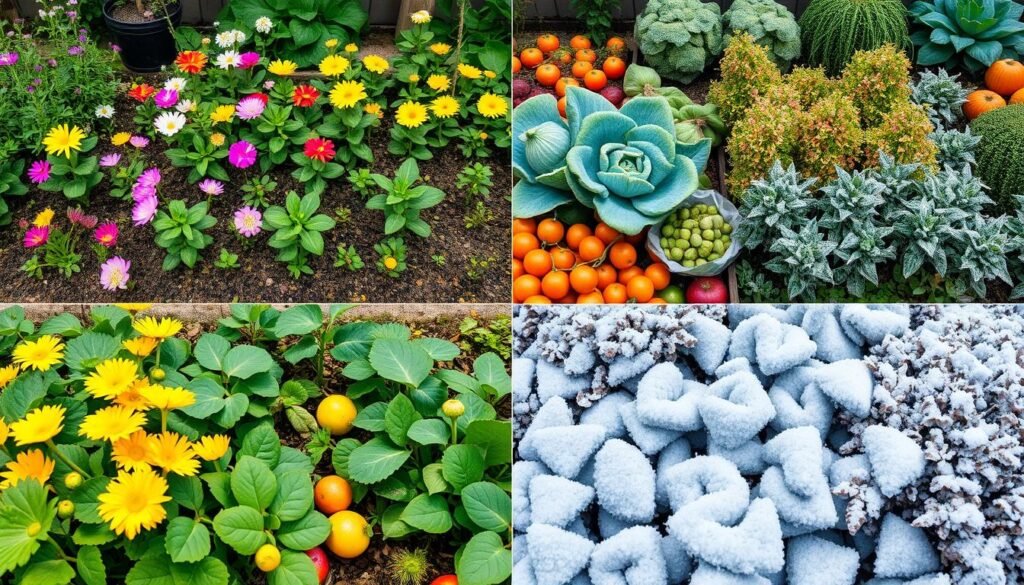
Mastering Year-Round Crop Rotation
Gardening enthusiasts aiming to boost yields and soil health should adopt year-round crop rotation. This method ensures a steady flow of fresh produce and enriches the soil with vital nutrients. At its core, it involves growing cool-season crops. These excel in fall and winter, offering a rich harvest when summer’s warmth fades.
Cool-Season Crops for Fall and Winter Harvests
As summer’s warmth transitions to autumn’s cool, the garden evolves, opening up new planting windows. Cool-season crops like kale, spinach, broccoli, and Brussels sprouts excel in the cooler air. They offer a variety of nutritious options for your meals. By planning and rotating these hardy vegetables, gardeners can enjoy a diverse range of fall and winter harvests. This keeps their pantries and meals fresh all year.
- Kale: A nutrient-dense leafy green that thrives in cool weather, providing a steady supply of essential vitamins and minerals.
- Spinach: A versatile cool-season crop that can be enjoyed raw in salads or cooked in a variety of dishes.
- Broccoli: A versatile cool-season vegetable that produces flavorful florets and can be enjoyed both raw and cooked.
- Brussels sprouts: A beloved autumn crop that develops its distinctive flavor and texture when grown in the cooler months.
Incorporating these cool-season crops into your year-round rotation ensures a bountiful harvest across seasons. This approach minimizes waste and maximizes your edible garden’s productivity.
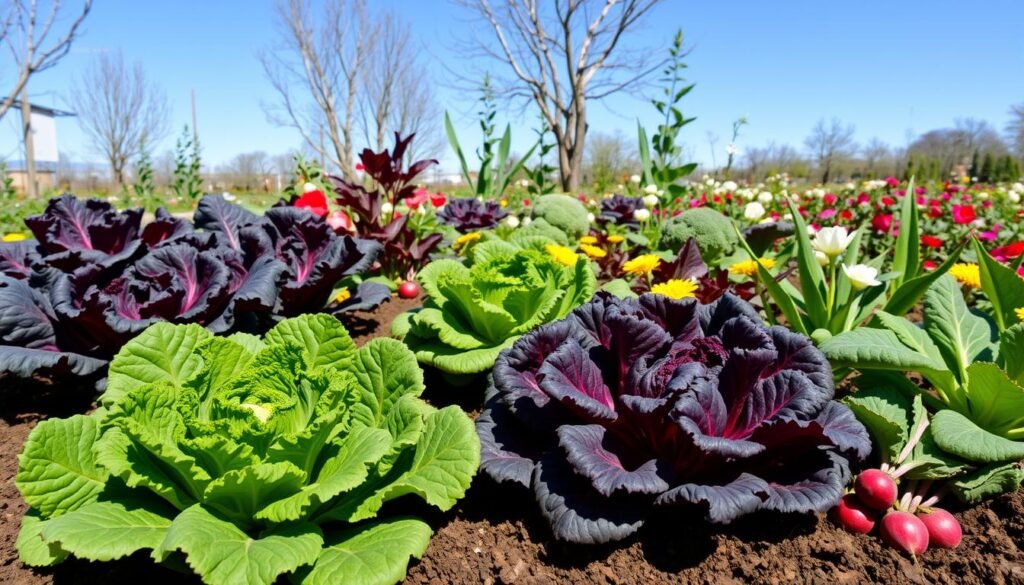
Seasonal Planting Guides and Heirloom Seed Preservation
We, as passionate gardeners, know the value of making our gardens productive all year. Creating seasonal planting guides is key to this. These guides help us plant and harvest at the right times, matching our gardening activities with the seasons.
But our work goes beyond just growing food. We also aim to save the variety of heirloom seeds. These seeds carry the history of our agriculture, with traits that make our gardens healthier. Saving and sharing these seeds is a way to keep our agricultural heritage alive and available for gardeners to come.
| Seasonal Planting Guide | Heirloom Seed Preservation |
|---|---|
|
|
By focusing on seasonal planting guides and heirloom seed preservation, we can create gardens that flourish all year. These gardens not only feed us but also help sustain our local food systems. Let’s embark on this journey together, growing and preserving the diversity of our edible landscapes.
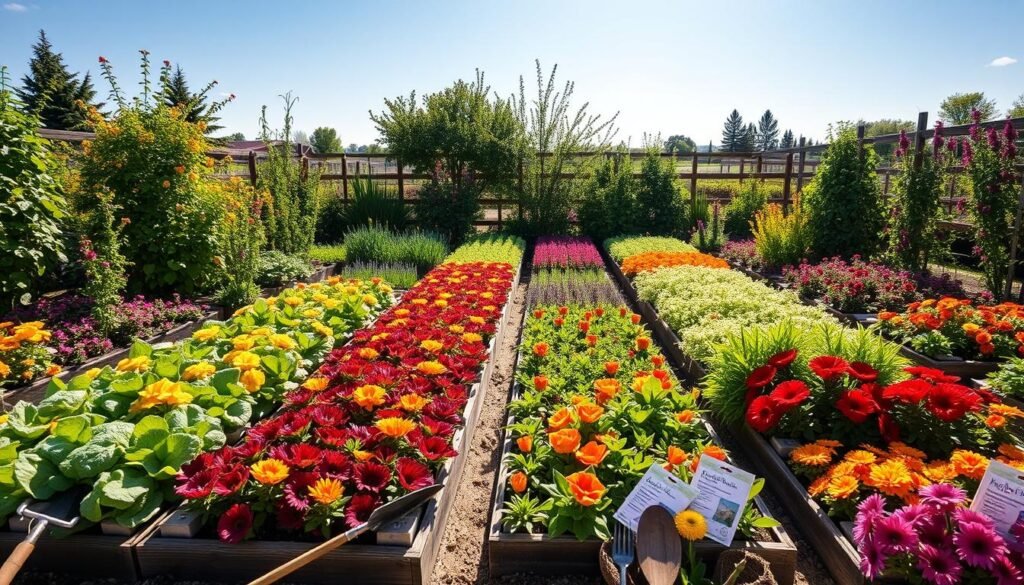
Cold-Weather Gardening Techniques
Gardening doesn’t have to end when the temperature falls. With the right techniques, you can extend your growing season. This way, you can enjoy a thriving edible garden all year, even in colder climates. Let’s delve into the strategies for mastering cold-weather gardening, from frost protection to greenhouse cultivation.
Frost Protection and Hardening Off Plants
As nights lengthen and temperatures drop, protecting your plants from frost is crucial. Hardening off your plants gradually is an effective method. This involves exposing them to cooler temperatures over time. It helps them develop a thicker cell wall, making them more resilient to cold.
You can also use row covers, cloches, or cold frames to shield your plants. These methods protect them from frost and sudden temperature changes.
Greenhouse and Cold Frame Cultivation
Greenhouses and cold frames are essential for cold-weather gardening. They provide a protected environment for your plants. This allows you to extend the growing season and cultivate a wider variety of crops.
Greenhouses can be heated or unheated, depending on your needs and climate. Cold frames rely on their structure to maintain a warmer microclimate. With proper management, these methods enable you to grow fresh produce even in the harshest winter months.

By incorporating these cold-weather gardening techniques, you can enjoy a bountiful harvest all year. With planning and the right tools, you can transform your outdoor space into a thriving, year-round edible garden.
Maximizing Raised Bed Garden Productivity
Raised bed gardening is gaining popularity among home gardeners. It offers several advantages, such as better soil quality, enhanced drainage, and easier access. To boost your raised bed garden’s productivity, focus on soil preparation, strategic planting, and regular maintenance.
Begin by ensuring your raised beds have a nutrient-rich, well-draining soil mix. Add organic matter like compost or aged manure to improve soil structure and fertility. This setup provides the best growing conditions for your plants, enabling them to flourish and yield abundant harvests.
For planting, adopt an intensive gardening approach. Use vertical space by growing vining crops on trellises or cages. Implement succession planting to fully utilize your raised bed’s area. This method maximizes space, allowing for more productivity in your garden.
FAQ
What are some key strategies for growing food in my garden throughout all seasons?
Effective strategies include embracing sustainable gardening practices and mastering year-round crop rotation. Utilizing seasonal planting guides and implementing cold-weather gardening techniques are also crucial. These methods help maintain a thriving edible garden all year.
How can I implement sustainable gardening practices in my garden?
Sustainable gardening involves composting, organic fertilizers, and companion planting. These practices enrich the soil, control pests naturally, and foster a balanced ecosystem. They are key to a healthy garden.
What are the benefits of year-round crop rotation?
Year-round crop rotation boosts soil fertility and ensures a steady supply of fresh produce. It involves planning a system to grow diverse cool-season crops for fall and winter. This strategy is vital for a productive garden.
How can I create effective seasonal planting guides for my garden?
Creating detailed seasonal planting guides boosts your garden’s productivity all year. Preserving heirloom seeds also adds diversity and resilience to your garden ecosystem. These steps are essential for a thriving garden.
What cold-weather gardening techniques can I use to extend my growing season?
Effective cold-weather gardening includes frost protection, hardening off plants, and using greenhouses or cold frames. These techniques allow for growing crops even in the coldest months.
How can I maximize the productivity of my raised bed garden?
To boost your raised bed garden’s productivity, focus on soil preparation, strategic planting, and ongoing maintenance. These practices lead to abundant harvests throughout the year.
